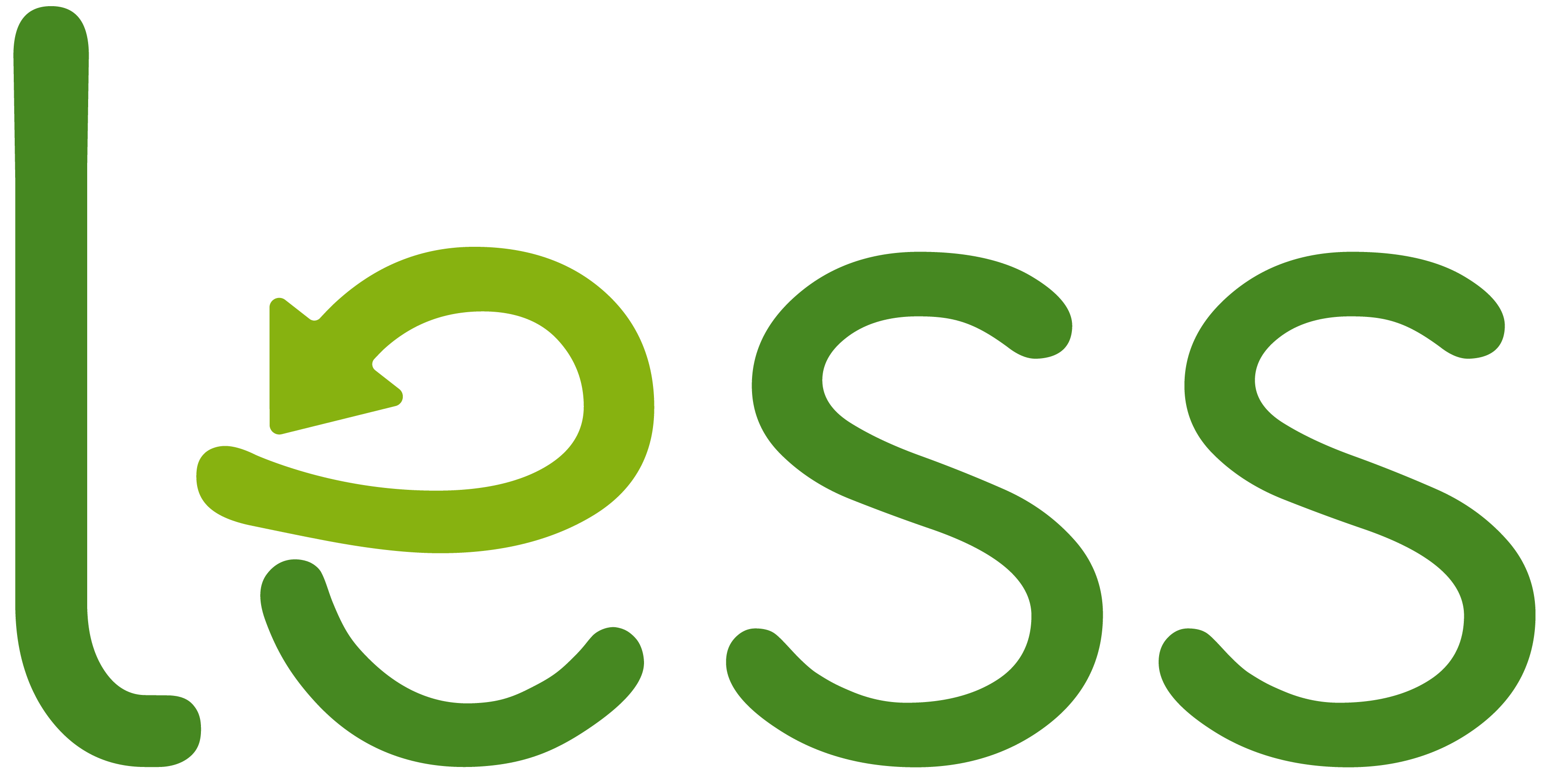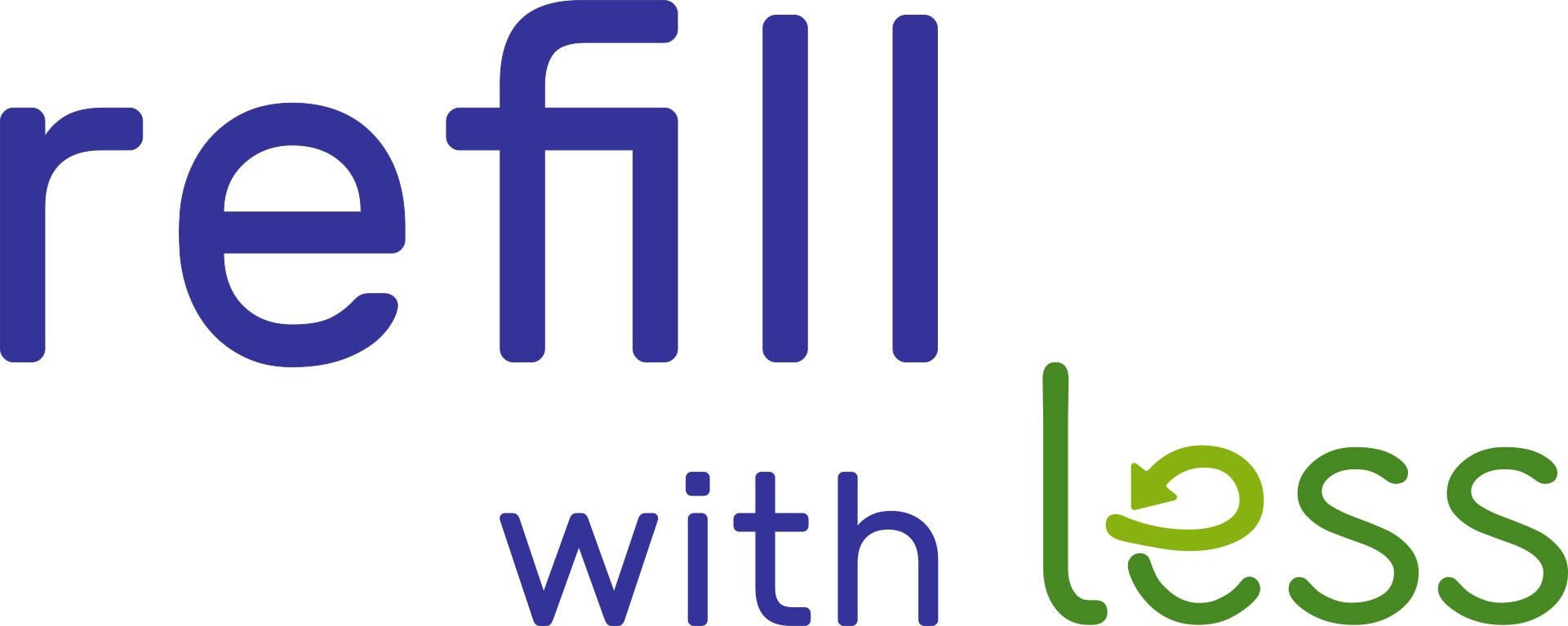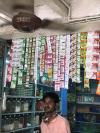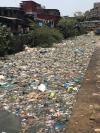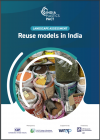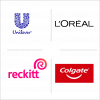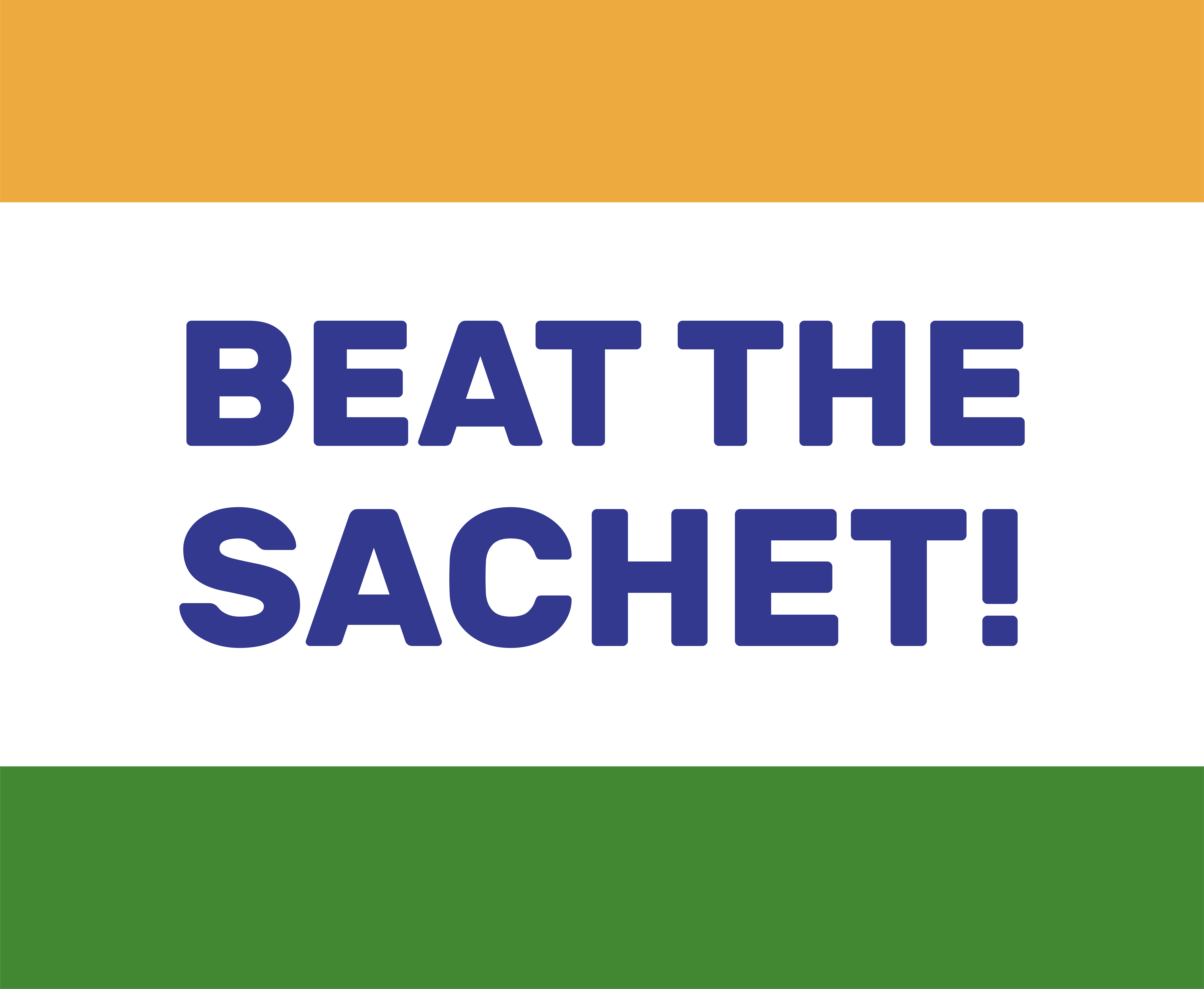Residual Value And The Marvel Of India’s Waste Collection Infrastructure
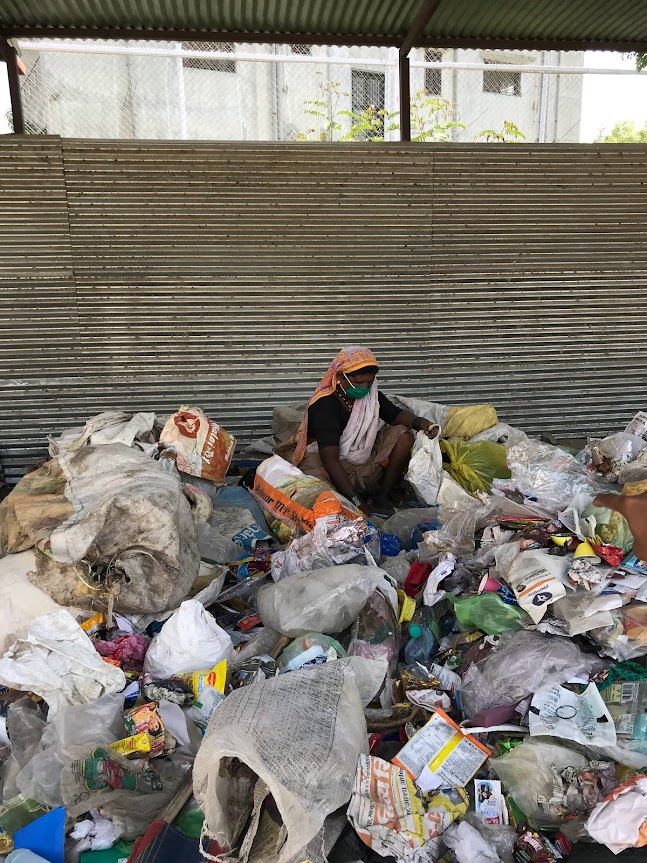
Rahul gave me a challenge – Chuck a water bottle on the ground and see how long it stays there.
So I did.
In Amritsar I kicked an empty water bottle 10 feet from me and waited. Rahul thought I might have to wait 30 minutes, but in less than five a small boy, probably around 10, with a large white plastic sack on his back came by, scooped it up and walked off.
I doubt it would be faster anywhere.
Waste collection in India is phenomenally efficient.
Waste processing businesses are dotted throughout the country and do a remarkable job of capturing hard plastics. Hard plastic’s small residual post-use value is not much, but it’s enough to motivate businesses to collect, sort and clean plastics then sell them to companies that can reuse it.
I visited a few plastic waste processing plants in India to see how waste is gathered, sorted, cleaned and repurposed.
It’s slow, dirty and repetitive work that pays a £1-2 day. It's not clean or pretty but it is effective and prevents an enormous volume of plastic waste seeping into the environment and waterways.
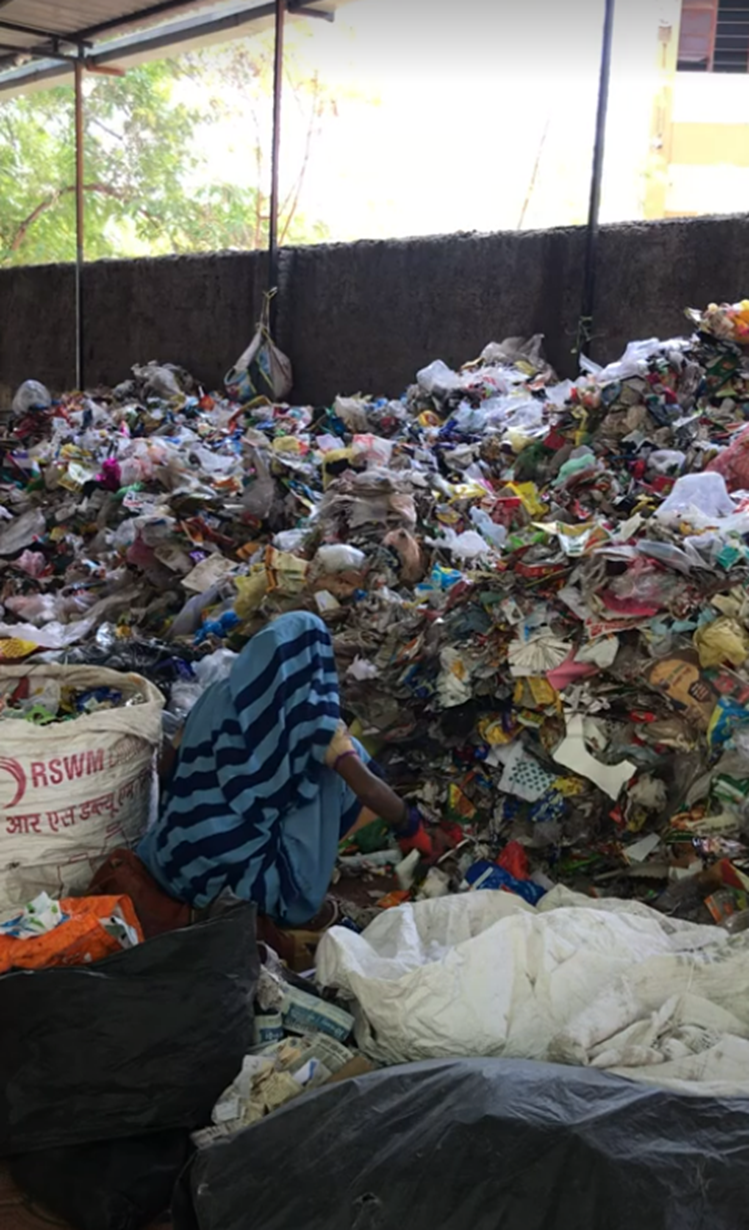
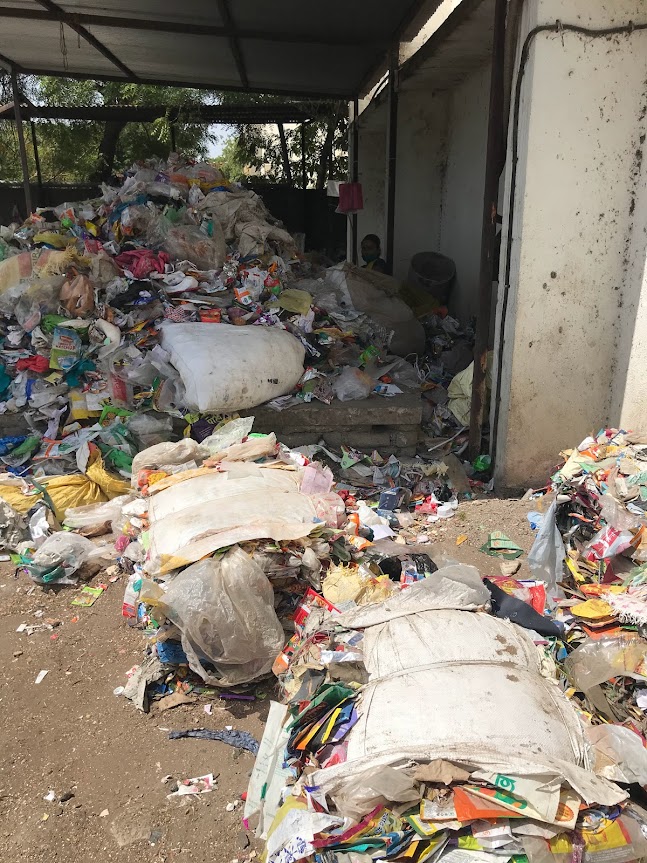
Of course, collectors only capture plastic waste that has value. This includes water bottles, shampoo bottles etc - and excludes flexible plastics and sachets.
Sachets, a primary packaging material for companies like Unilever, Procter & Gamble and Nestlé, hold no residual value, and aren’t collected. Instead, they slip through India’s vast waste reprocessing infrastructure and mostly head to dumps or waterways.
